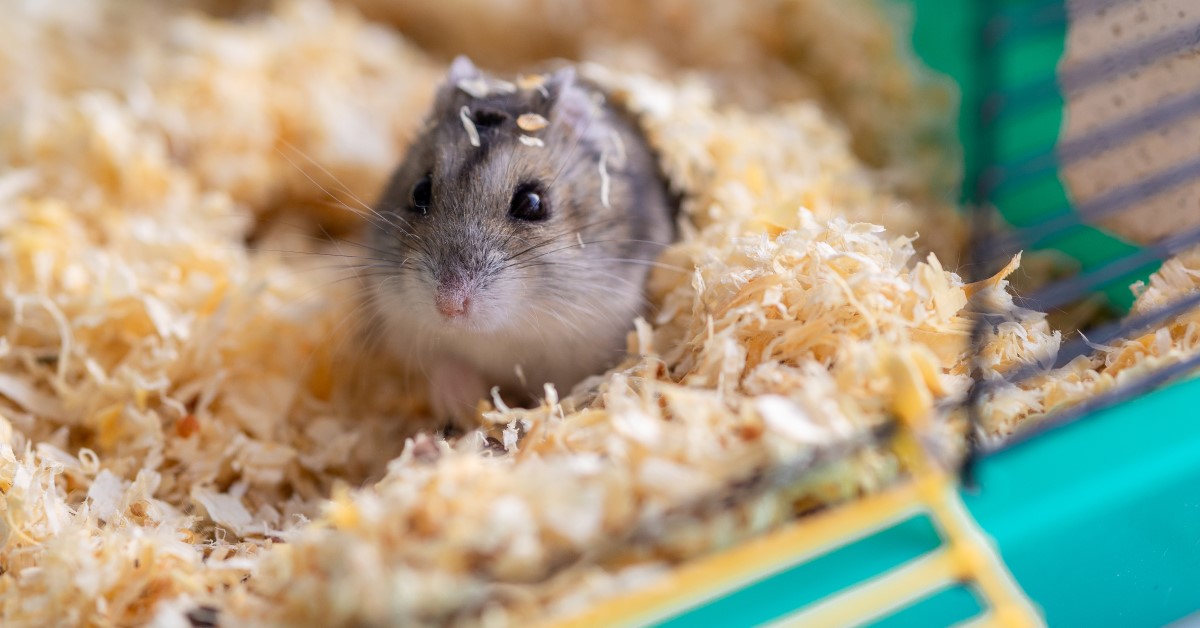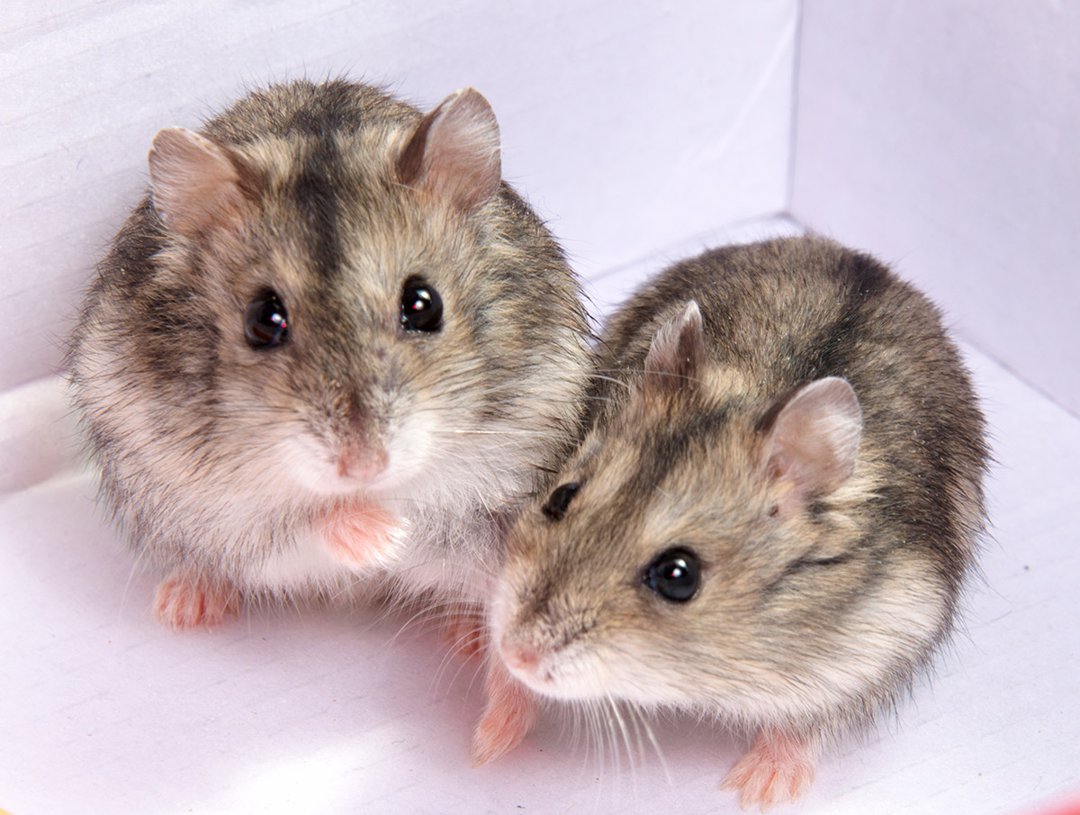Differences Between Hamster Breeds
Hamsters are delightful creatures cherished as pets by many families. With several different breeds available, understanding the distinctions amongst them can help you choose the perfect furry companion for your home. Each breed varies in size, personality, lifespan, and care requirements, so exploring these differences is essential. In this article, we will delve into the unique characteristics of various hamster breeds, along with practical tips for their care.
Understanding Hamster Breeds
Before diving into specifics, let’s discuss the fundamentals of hamster breeds. The most common pet hamster breeds include the Syrian, Dwarf Campbell’s, Roborovski, and Winter White. Each breed is unique in its behavior, physical traits, and compatibility with various living situations. In the following sections, we will explore the characteristics and care needs of each breed in detail.
Syrian Hamster Overview
The **Syrian hamster**, often referred to as the golden hamster, is one of the largest breeds, typically ranging from 5 to 7 inches in length. With a lifespan of about 2 to 3 years, these hamsters are well-loved for their sociable and friendly demeanor. They are generally solitary and should be housed alone. It’s also worth noting that Syrian hamsters are relatively easy to handle, making them a fantastic choice for first-time hamster owners. Their spacious cages should be equipped with tunnels, wheels, and chew toys to keep them active and engaged.

Dwarf Hamster Types
Among the dwarf varieties, both the **Dwarf Campbell’s hamster** and the **Winter White** are popular. Dwarf Campbell’s hamsters are small and typically measure around 3 to 4 inches in size. They tend to be quite social and can sometimes live in pairs or small groups. Their energetic nature makes them entertaining to watch.
Winter Whites, on the other hand, are known for their seasonal color change from brown to white. They also average 3 to 4 inches and have a friendly personality, showing good adaptability to their owners. However, introducing them should be done cautiously to prevent territorial disputes.
Physical Characteristics
When comparing the physical traits of various hamster breeds, you will notice significant differences in color, size, and coat types. Knowing these distinctions can assist owners to select the perfect hamster according to their preferences.
Color Variations in Hamsters
Different breeds come in a fascinating array of colors and patterns. Syrian hamsters can appear in shades of golden, black, or even white, presenting opportunities for color preferences among potential owners. Dwarf Campbell’s variations include several colors like brown, gray, and mixed shades, often with unique patterns. Winter Whites typically showcase a beautiful white or gray color during winter. Understanding these color variations can significantly enhance your hamster ownership experience.
Size Differences
Size can greatly affect a hamster’s care needs, snug living spaces, and compatibility with children or other pets. Syrian hamsters, being the largest, require spacious homes to roam freely. In contrast, dwarf hamsters, owing to their smaller size, require relatively smaller accommodations. For example, a single Syrian hamster would thrive in a cage of at least 24” x 12”, while a pair of dwarf hamsters can happily live in a 30” x 18” space.
Behavioral Traits
Behavior significantly varies between different hamster breeds and can dictate how well a hamster adapts to being a pet. Understanding these behavioral tendencies is crucial for prospective hamster owners.
Tempered Personalities
The personality traits of hamsters differ greatly. Syrian hamsters are known for their calm demeanor, making them excellent companions for children. Dwarf Campbell’s and Winter White hamsters can be more playful and may require more energetic interaction. Owners adopting dwarf varieties are encouraged to spend time socializing to build a strong bond, leading to a more affectionate pet. Understanding the temperament of specific breeds will aid owners in building a trusting relationship with their hamsters.
Social Behavior
Social habits also differ – while Syrian hamsters should be housed alone, dwarf hamsters can thrive in pairs or groups if introduced at a young age. The interaction level required varies; dwarf hamsters need more environmental stimulation and social engagement, while Syrians are more independent and may often prefer to explore alone during playtime.
Care Requirements
Each breed requires distinct care approaches, and understanding these differences can lead to a more fulfilling hamster ownership experience.
Nutritional Needs
Hamster diets are generally consistent but may have slight variations based on breed size and lifestyle. Syrian hamsters thrive on a balanced diet consisting of high-quality pellets, fresh fruits, and vegetables. It’s essential to manage portion sizes as overeating can lead to obesity. Dwarf species also benefit from a similar diet, but their smaller stomachs need a more moderated approach. Regular ceiling enrichments like fresh veggies help maintain a vibrant, healthy hamster.
Habitat Setup and Maintenance
Creating a suitable habitat is vital. Syrian hamsters require a spacious enclosure adorned with hiding spaces, exercise wheels, and chew items. On the other hand, enclosures for dwarf hamsters can be smaller, yet they still need sufficient playtime and social interaction. Regular cleaning of their living spaces and refreshing bedding material every week is crucial for their overall health.
Key Takeaways
- Understanding breed differences enhances pet selection for first-time owners.
- Behavior and personality traits greatly influence hamster interactions with families.
- Nutrition and housing need to be tailored based on breed, ensuring each hamster thrived.
- Engaging with hamsters differs — Syrian hamsters appreciate solitude while dwarfs thrive on interaction.
FAQ
1. What is the lifespan of different hamster breeds?
The lifespan of hamsters varies by breed, with **Syrian hamsters** typically living 2-3 years, while dwarf varieties like Dwarf Campbell’s and Winter Whites generally have a similar life expectancy. Ensuring a proper diet and habitat can positively influence their overall lifespan.
2. Can hamsters live together?
While **Dwarf Campbell’s** and **Winter White** hamsters can often live together, it’s critical to introduce them at a young age. In contrast, **Syrian hamsters** are solitary and should always be housed alone to prevent aggression and territorial disputes.
3. What types of bedding are best for hamsters?
Award-winning bedding options include aspen shavings and paper-based bedding. These options provide odor control and safety for both **Syrian** and dwarf varieties. Avoid cedar and pine bedding as they can produce harmful oils. Regularly changing the bedding ensures a clean habitat for your hammie.
4. What should I feed my hamster?
A healthy hamster diet consists of high-quality pellets, fresh fruits, and vegetables. Additionally, it’s essential to limit the amount of sunflower seeds and treats like nuts, as they can contribute to weight gain. **Dwarf hamsters** might need smaller portions because of their petite sizes.
5. How do I socialize with my hamster?
Building trust with your hamster starts with gentle handling. Begin by allowing your pet to familiarize itself with you and your scent. Over time, build interactions – for **Dwarf Campbell’s** and **Winter White** hamsters, this interaction could evolve to playtime in a secure, controlled area under supervision.
